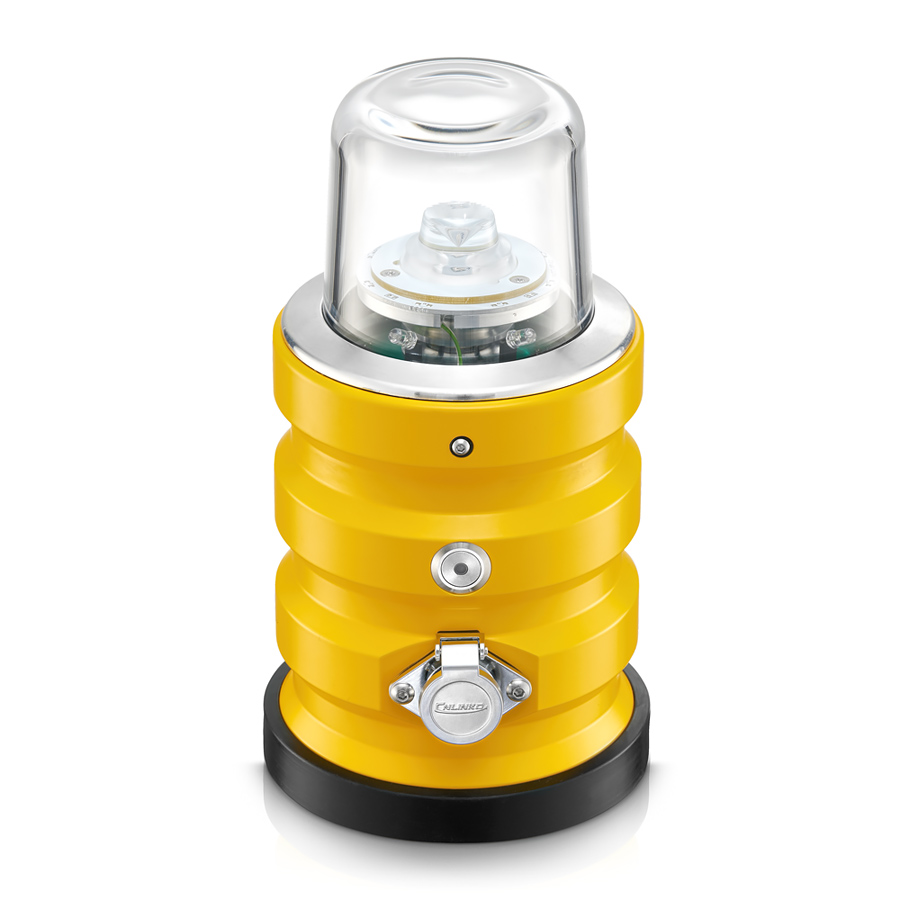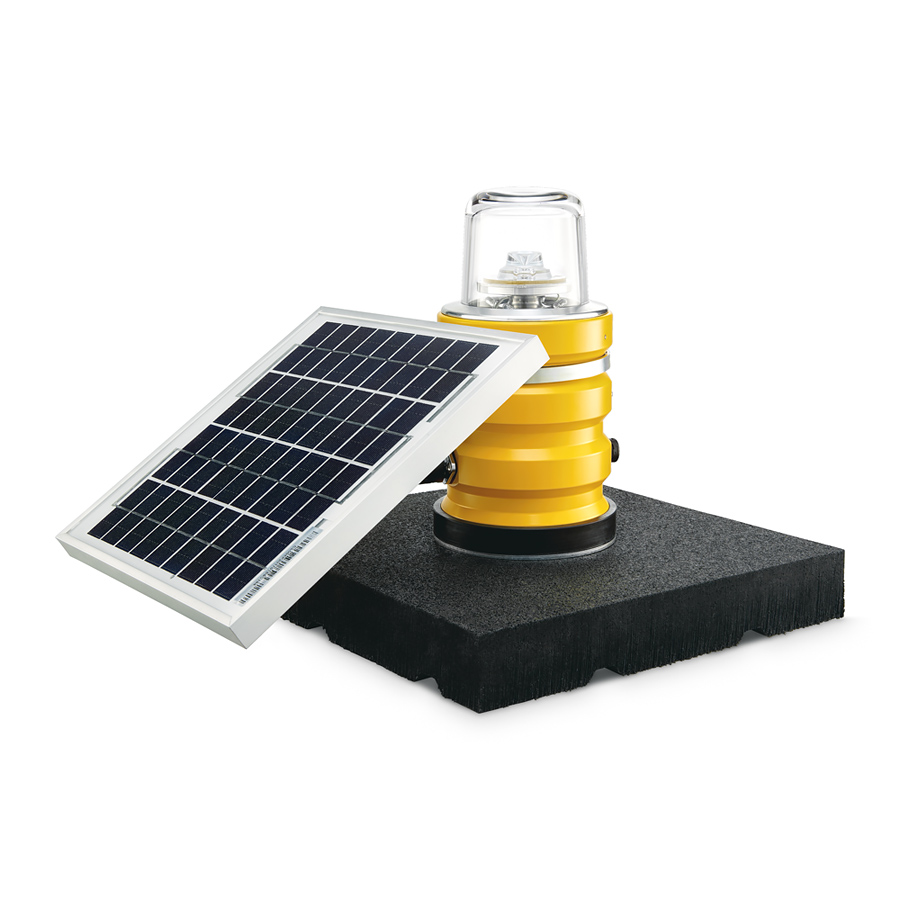

These light systems are classified according to the intensity or brightness they are capable of producing: they are the High Intensity Runway Lights (HIRL), Medium Intensity Runway Lights (MIRL), and the Low Intensity Runway Lights (LIRL). Runway line lights are needed on runways used for takeoff operations below 1,600-foot RVR unless specifically approved by the Federal Aviation Agency in an airline operator’s specification for that runway. They look white to the pilot approaching from the short end of the runway, but to a pilot approaching from the other end, who would be landing or taking off in that direction, they are yellow to indicate that the runway is nearing the end. Runway edge lights are used to outline the edges of runways during periods of darkness or reduced visibility. When an instrument runway lighting is designed, the last 600 metres (2,000 ft), or one-half of the runway length available (whichever is less), are bi-directional.

The majority of runway edge lights are clear or white, but there are some exceptions to provide additional information to pilots in certain circumstances. These airports will have Pilot Controlled Lighting, or PCL, where pilots can adjust the lighting themselves by keying a microphone button a certain number of times. At airports where there is a control tower, the tower will manage the lights to account for visibility and pilot preference, but some airports do not have control towers. Many HIRL and MIRL systems have variable intensity controls, whereas the LIRLs normally have one intensity setting.

These light systems are classified according to the intensity they are capable of producing: Runway edge lighting are used to outline the edges of runways during periods of darkness or restricted visibility conditions. An aircraft landing at Zurich International Airport, with runway edge lights visible


 0 kommentar(er)
0 kommentar(er)
